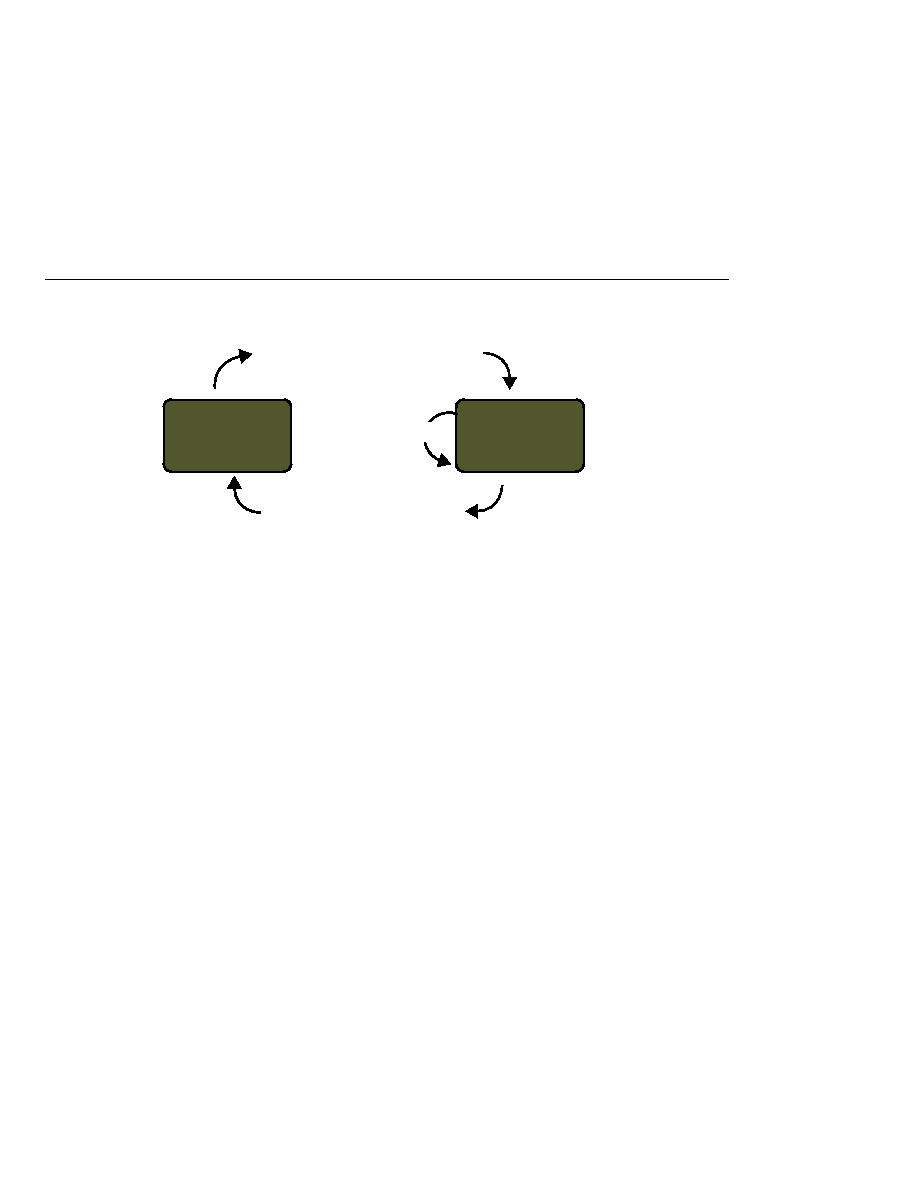
Managing Distributed Transactions
Managing Distributed Transactions
of accesses to external resources. For example, distributed transactions allow multiple
applications to perform atomic updates on the same database, and they allow a single
application to perform atomic updates on multiple databases.
sends or receives with database updates and other resource manager operations. You can access
resources from multiple application components within a single transaction. For example, a
servlet can start a transaction, access multiple databases, invoke an enterprise bean that sends a
JMS message, invoke another enterprise bean that modifies an EIS system using the Connector
architecture, and finally commit the transaction. Your application cannot, however, both send a
JMS message and receive a reply to it within the same transaction; the restriction described in
2. PostConstruct callback, if any